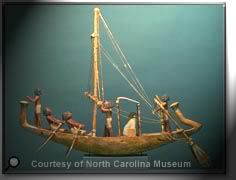• Manila Bay: Natural Harbor •

Harbor:
1 : a place of security and comfort
2 : a part of a body of water protected and deep enough to furnish anchorage; especially : one with port facilities
As with all Ports, protection against destructive waves is a crucial element for a port's success. Normally, this protection is provided by the breakwaters. As the term obviously implies, breakwaters are there to break the incoming force of waves from the sea. Without breakwaters, the port would not be a very safe place to dock boats.
The peninsula of Bataan, along with the famous Corregidor island, provides for this type of protection to the Manila Bay, acting as natural breakwaters, against the open South China Sea waves. Although this is in a very large scale, momentum of destructive waves would nonetheless be greatly diminished if not completely dissipated as it enters Manila Bay.
Where else is it best to locate a major port for a country than in a Natural Harbor? And so the Manila Port is created, divided into the North and South ports, that is one of the Major centers of commerce in the Luzon area.


 <<<<<-- (this will serve as the Official Logo for comments of my Thesis Adviser/s)
<<<<<-- (this will serve as the Official Logo for comments of my Thesis Adviser/s) ,
,